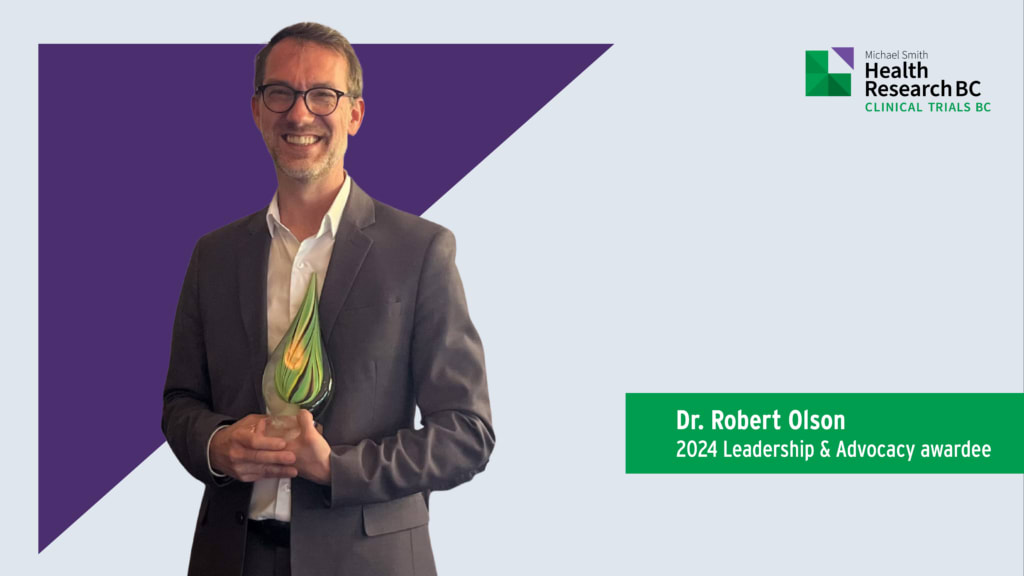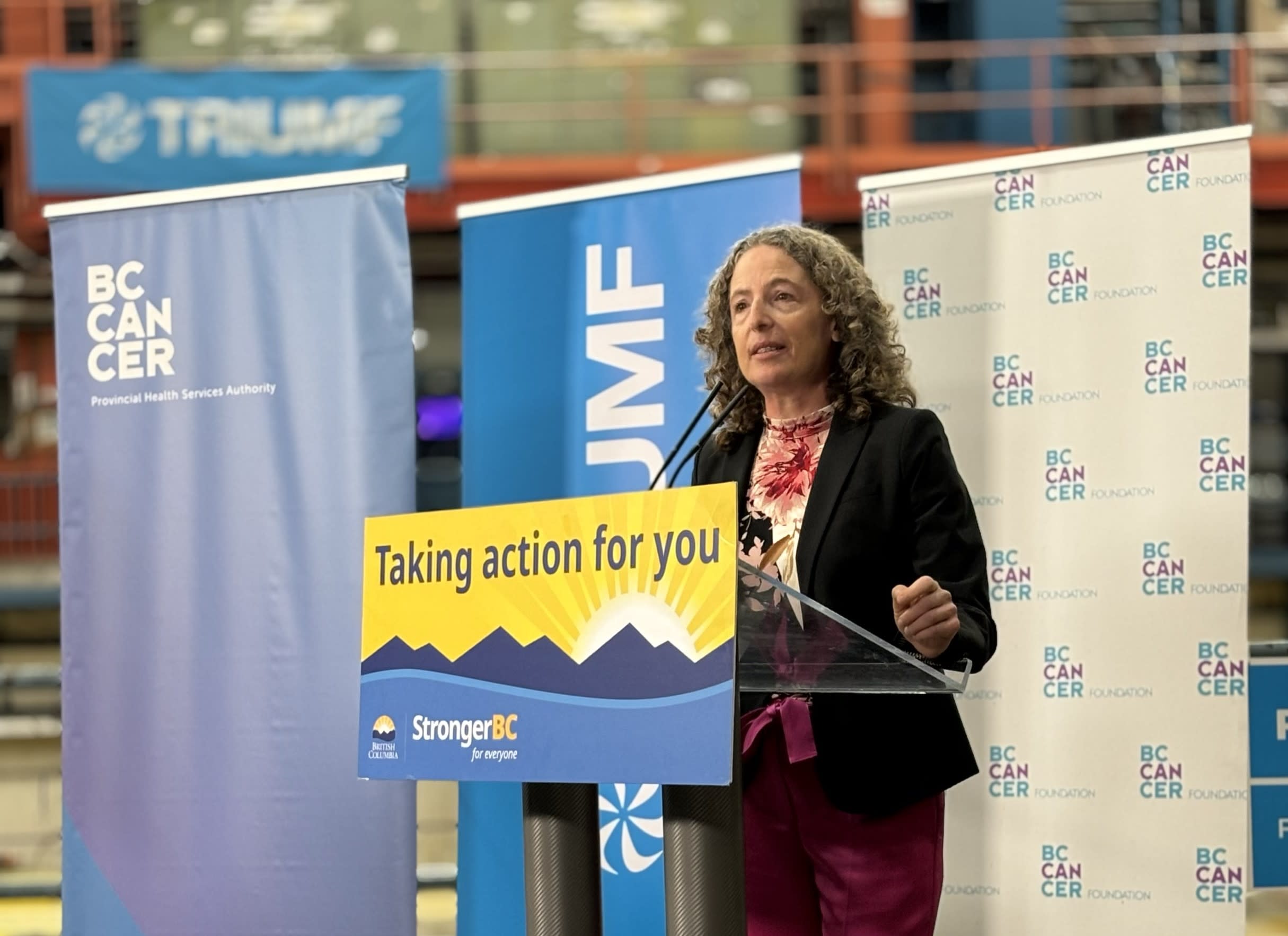A Glimpse into the Future of Cancer Research and Care
August 28, 2013
Found in Genomics, Head & Neck Cancer, OaSIS, Radiation Oncology, Radiotherapy
Dear readers – thank you so much for returning to my fourth and final blog post. This week I have an opportunity to reflect on some of the revolutions in cancer treatment that I have personally witnessed over the past two decades and speak a little on what I think our future might look like.
I graduated from medical school in 1993, and started training in radiation oncology that same year. If someone from 2013 used a time machine to travel back to 1993 to tell me how radiotherapy would change over the next 20 years, I would call them crazy and run away. Besides, we all know time machines aren’t real. But if we try to remember how we used to listen to music back then (ie. 8 track, vinyl records, cassette tapes, CDs) versus now (MP3 players, smartphones!), we can understand how technology may have affected cancer treatments too.
In the 1990s, I was taught to treat throat cancers by using two large radiotherapy fields, one from the left, and one from the right – everything in between received a high dose. In 1998, I spent a year at the University of Washington developing a new way of planning and delivering focused radiation that concentrated dose around the tumour, while limiting dose to areas that didn’t need it (Intensity Modulated Radiotherapy, IMRT). Although this was experimental therapy in 1998, within ten years it became standard therapy for all throat cancer patients in B.C. Not only has this improved our ability to treat cancers, we are now also able to decrease side effects for our patients.
It is hard to predict what our future will look like. Advancements are happening all the time in cancer care, and it can be challenging to figure out which new treatments actually work better than others. By using research tools like OaSIS (Outcomes and Surveillance Integration System) to collect data on our patients today, including information about their cancers, treatments, and what happens afterwards, in the future we will be able to review which treatments work better for certain types of cancers or patients.
I also see stronger connections between clinicians at the BC Cancer Agency and other research groups, such as the Agency’s Genome Sciences Centre, which allows us to study why some cancers react differently than others to certain treatments. If we are able to combine all this information and study it together, then doctors in five to ten years will be able to tailor treatments specifically for a patient or their particular cancer. This concept of “personalized medicine” may sound like science fiction, but the BC Cancer Agency is building the foundation TODAY, so that we can offer this type of treatment to our patients in the near future.
I am now old enough to have people ask if I had the chance, would I still become an oncologist, or would I choose a different career. After meeting some amazing people, and being a part of some revolutionary advances in cancer treatments over the past 20 years, I would hate to miss the next 20 years.
Take care,
Jonn


